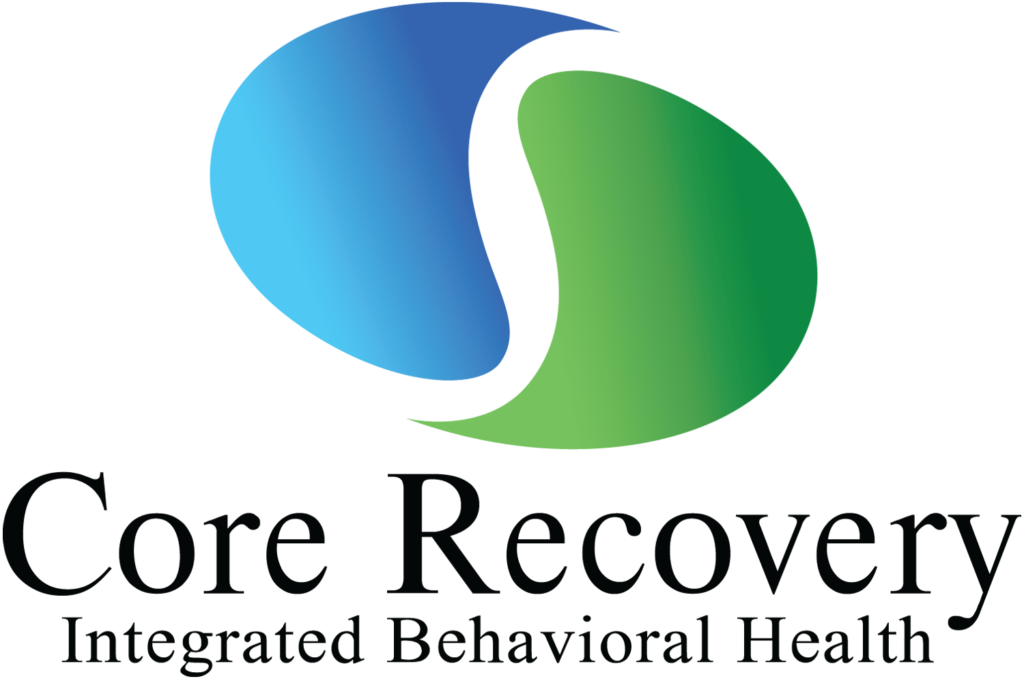In the ever-evolving landscape of healthcare, personalized treatment plans are increasingly recognized as the gold standard for patient care. Particularly within the realm of Physical and Health Education (PHP), tailoring interventions to individual needs can significantly enhance outcomes and satisfaction. In this blog post, we delve into the art and science of designing personalized treatment plans within a PHP setting. From identifying unique patient needs to crafting targeted interventions, we explore the multifaceted process that healthcare professionals undertake to ensure each individual receives the most effective care possible. Drawing on a combination of evidence-based practices, clinical expertise, and patient preferences, these personalized plans strive to optimize health outcomes while fostering a sense of empowerment and engagement in the treatment process. Join us as we navigate the intricacies of personalized care in PHP, highlighting the pivotal role it plays in promoting holistic well-being and advancing the field of healthcare delivery.
The Importance of Assessment in PHP Treatment Planning

Assessment serves as the cornerstone of designing effective treatment plans within Partial Hospitalization Programs (PHP). It lays the foundation for understanding the unique needs, strengths, and challenges of each individual undergoing treatment. In this article, we delve into the significance of assessment in PHP treatment planning, exploring the various tools, techniques, and processes involved in gathering essential information to tailor personalized care.
Gathering Comprehensive Information
Effective assessment requires gathering comprehensive information from multiple sources. This includes conducting interviews with the client, obtaining collateral information from family members or caregivers, reviewing medical records, and administering standardized assessment tools. By collecting data from diverse sources, clinicians can obtain a more accurate picture of the client’s condition.
Utilizing Evidence-Based Assessment Tools
In PHP treatment planning, the use of evidence-based assessment tools is essential for ensuring reliability and validity. These tools may include standardized questionnaires, rating scales, clinical interviews, and observation measures. By utilizing validated instruments, clinicians can systematically assess symptoms, functioning, and treatment progress, facilitating informed decision-making.
Tailoring Assessment to Individual Needs
No two clients in a PHP setting are alike, necessitating the customization of assessment procedures to suit individual needs. Clinicians must consider factors such as cultural background, language proficiency, developmental stage, and cognitive functioning when selecting assessment tools and techniques. By tailoring assessments, clinicians can ensure that they are sensitive to the unique characteristics of each client.
Identifying Treatment Goals and Objectives
Assessment serves as a critical step in establishing treatment goals and objectives tailored to the client’s specific needs and preferences. By identifying areas of strength, areas needing improvement, and treatment priorities, clinicians can collaboratively develop a roadmap for the client’s recovery journey. This process ensures that treatment plans are relevant, achievable, and client-centered.
Monitoring Progress and Adjusting Interventions
Assessment is an ongoing process in PHP treatment planning, allowing clinicians to monitor client progress and adjust interventions as needed. By regularly reassessing symptoms, functioning, and treatment outcomes, clinicians can identify areas of progress, stagnation, or regression. This enables them to make timely modifications to treatment plans, ensuring that they remain responsive to the client’s changing needs.
Monitoring Progress: Evaluating PHP Treatment Effectiveness
Monitoring progress is crucial in Partial Hospitalization Programs (PHP) to ensure treatment plans are effective and tailored to individual needs. This article highlights key points in evaluating the effectiveness of PHP treatment plans, facilitating informed decision-making and optimizing client outcomes.
- Establishing Clear Goals: Effective evaluation begins with establishing clear, measurable goals aligned with client objectives and treatment priorities.
- Utilizing Objective Measures: Incorporate standardized assessment tools and outcome measures to objectively evaluate client progress across various domains, such as symptom severity, functioning, and quality of life.
- Regular Progress Reviews: Schedule regular progress reviews to assess treatment response, identify areas of improvement, and address any challenges or barriers to progress.
- Client Feedback and Collaboration: Actively seek client feedback to gauge satisfaction, identify preferences, and promote collaboration in the treatment process.
Empowering Clients: Incorporating Patient Preferences into PHP Treatment Plans
In the realm of mental health treatment, recognizing the importance of patient preferences is paramount. Within Partial Hospitalization Programs (PHP), incorporating these preferences into treatment plans can significantly enhance engagement, satisfaction, and ultimately, outcomes. This article explores the concept of patient empowerment in PHP settings, highlighting strategies for integrating client preferences into treatment planning processes.
Building Collaborative Partnerships
Empowering clients in PHP settings begins with fostering collaborative partnerships between clinicians and individuals seeking treatment. Clinicians should create a safe and supportive environment where clients feel comfortable expressing their preferences, concerns, and aspirations. By actively listening to client input and involving them in treatment decision-making, clinicians can cultivate a sense of ownership and empowerment over their recovery journey.
Conducting Preference Assessments
To incorporate patient preferences into PHP treatment plans, clinicians must conduct systematic preference assessments. This involves asking clients about their treatment preferences, experiences with past interventions, and desired outcomes. Preference assessments can take various forms, including structured interviews, surveys, or informal discussions, allowing clinicians to gather valuable insights into client priorities and preferences.
Tailoring Treatment Approaches
Once client preferences have been identified, clinicians can tailor treatment approaches to better meet individual needs and preferences. This may involve offering a range of evidence-based interventions, allowing clients to choose the modalities that resonate most with them. Whether it’s cognitive-behavioral therapy, dialectical behavior therapy, art therapy, or mindfulness practices, providing options empowers clients to actively participate in their treatment process.
Providing Psychoeducation and Information
Empowering clients in PHP settings also involves providing psychoeducation and information about different treatment options, potential benefits, and risks. Clinicians should engage in open and transparent discussions with clients, ensuring they have the necessary information to make informed decisions about their care. By fostering a collaborative approach to treatment decision-making, clinicians can empower clients to take an active role in shaping their treatment plans.
Flexibility and Adaptability
Client preferences in PHP treatment planning are not static and may evolve over time. Clinicians should remain flexible and adaptable, revisiting treatment plans regularly to accommodate changing preferences, needs, and circumstances. By maintaining open lines of communication and soliciting ongoing feedback from clients, clinicians can ensure that treatment plans remain responsive and reflective of client preferences throughout the course of treatment.
Conclusion
Designing a personalized treatment plan in a PHP setting at Core Recovery is integral to fostering long-term recovery and overall well-being. By tailoring therapeutic approaches to individual needs, our experienced team ensures that each patient receives the most effective care. We are committed to supporting our clients on their journey to recovery with compassion and expertise.
If you have any questions or would like to learn more about our personalized treatment plans, please don’t hesitate to contact us. Reach out to Core Recovery in Phoenix, Arizona, at 602-926-7729. Our dedicated team is here to help you every step of the way.







 In CA By O360®
In CA By O360®